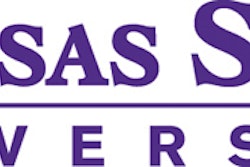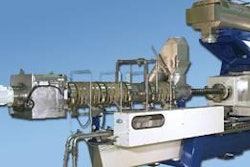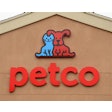.png?auto=format%2Ccompress&q=70&w=400)
According to the article "HACCP: Where Did We Go Wrong?" by David Rosenblatt, DVM, ever since Dr. Paul LaChance of NASA and Dr. Howard Bauman of Pillsbury pioneered the use of CCPs (critical control points) in food production 50 years ago, HACCP (hazard analysis and critical control points) has become the most widely accepted system for managing food safety in the world. "There is no argument as to the effectiveness of the system when it is applied properly," explains Rosenblatt. "However, poor implementation or abuse of the system can be devastating. Indeed, many of the recently widely publicized food safety incidents were caused by products originating from HACCP certified plants." So what can petfood manufacturers do to avoid such brand-threatening catastrophes?
Equipped with a better understanding of the system, the industry can apply and maintain more effective petfood safety management programs. As defined by Rosenblatt, HACCP is designed to identify, evaluate and control all food safety hazards associated with any food related process. "The methodology is based on establishing a precise process flowchart, and identifying all significant food safety hazards at each step of the process," he explains. "Those steps along the process at which effective control is applied are identified as CCPs and will be monitored accordingly."
Examples of CCPs can include thermal processing, sieving, metal detection, acidification and high hydrostatic pressure (see Figures 1 and 2). All of these steps divide the process into "before" the CCP (potentially contaminated) and "after" the CCP (always hazard free), states Rosenblatt's article. Unfortunately, a major weakness of HACCP is it is not designed to address hazard which are not controlled as part of the process.
Rosenblatt uses this example: A dry petfood manufacturer might choose the dryer as a CCP, because the time and temperature are sufficient for eliminating pathogenic bacteria. Because this step is a CCP the time and temperature will be rigorously controlled and there will be no concern that contaminated product could proceed to packaging. However, if the product at the packaging line were to become contaminated with bird droppings, the result could be a Salmonella outbreak. "This is only one of many scenarios where HACCP was working well (CCPs under control), and a food safety incident occurred anyway," he points out.
So what steps can you take to ensure this doesn't happen on your manufacturing line?
Stella & Chewy's, makers of raw, natural dog foods and treats, has recently taken an innovative approach to ensure that their products are safe for both families and pets.
"At this company, food safety is our first priority," stated Marie Moody, Stella & Chewy's founder and president, in a press release. "And we have the processes in place to prove it." The company has developed a patent-pending SecureByNature system to guard against food contamination throughout the manufacturing plant. A key component of this system is the Hydrostatic High Pressure (HHP) process -- a technology that actually eliminates harmful pathogens without cooking out vital nutrients or changing the natural taste, says the company. HHP is the only scientifically recognized pasteurization method that does not use heat or irradiation to accomplish this.
Stella & Chewy's is so confident in the quality and safety of its products, the test results are posted directly on its website.
"Our patented food safety process was designed by a regents distinguished professor of food safety at Kansas State University," says Sandy Goodman, CEO of Stella & Chewy's. "Experts have told us that the food safety programs in place at Stella & Chewy's would be in the forefront of human food manufacturers and are years ahead of the petfood industry."
The standard HACCP system is implemented under the working assumption that Good Manufacturing Practices (GMPs) are in place and that hazards associated with poor practices have already been addressed. This, however, is often a wrong assumption. HACCP provides an excellent methodological and scientific decision making tool, but its up to us to make sure it is being implemented correctly, thoroughly and consistently.
It is crucial for the petfood safety specialist to acknowledge that HACCP is not designed to compensate for GMP shortcomings, and that hazards controlled by GMP are as significant as those being controlled by CCPs. "A HACCP program that is not regularly maintained and updated will quickly become obsolete," asserts Rosenblatt. "The most important aspect of maintaining the system's validity is managing change."
Any change in the product, process, equipment, ingredients, suppliers, packaging, intended use, manufacturing conditions or personnel might have an impact on petfood safety and requires a reassessment of HACCP.
Failure to evaluate the potential impact of changes prior to implementing them can be disastrous, Rosenblatt warns. The most effective way of managing this is to establish and implement a change procedure.















